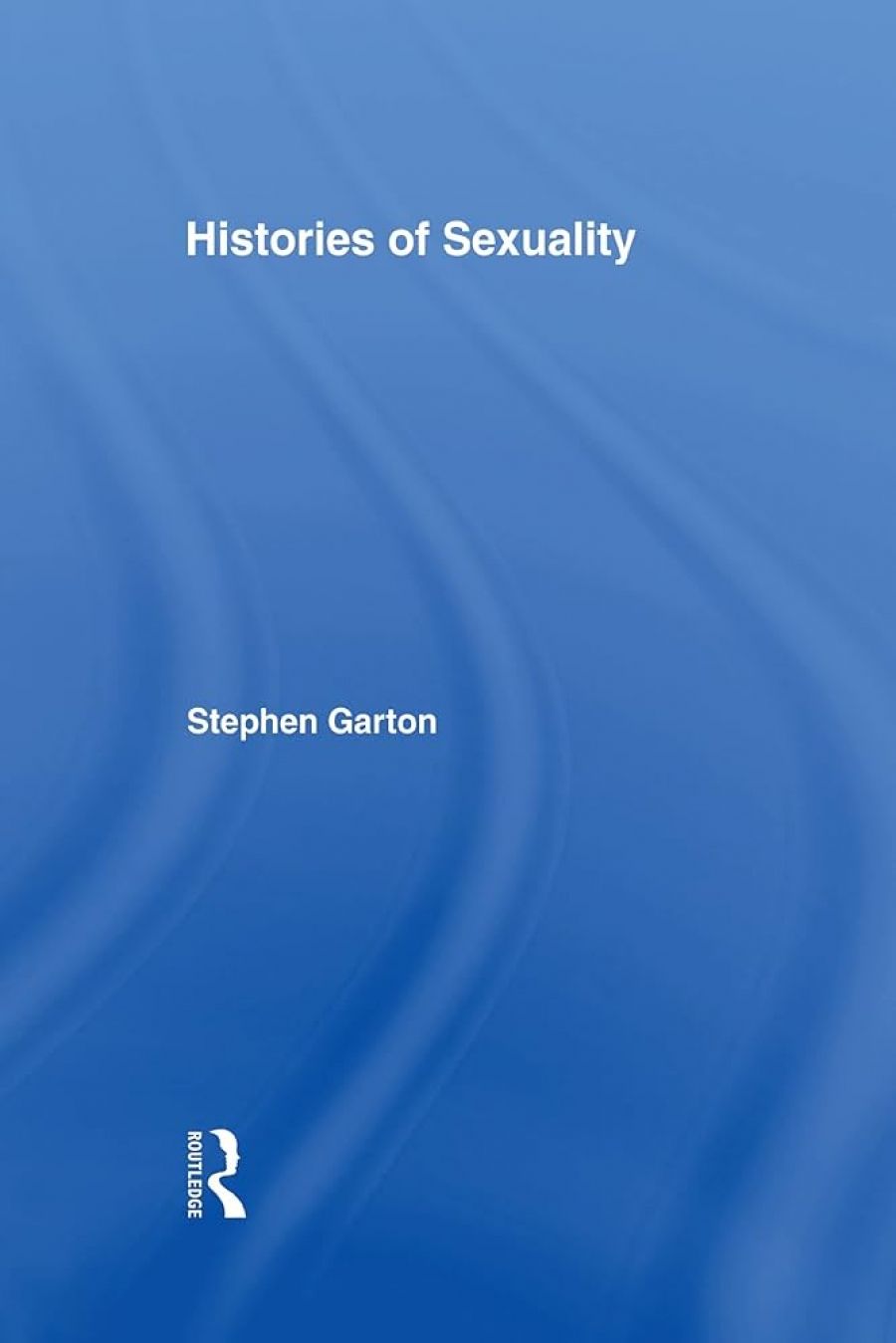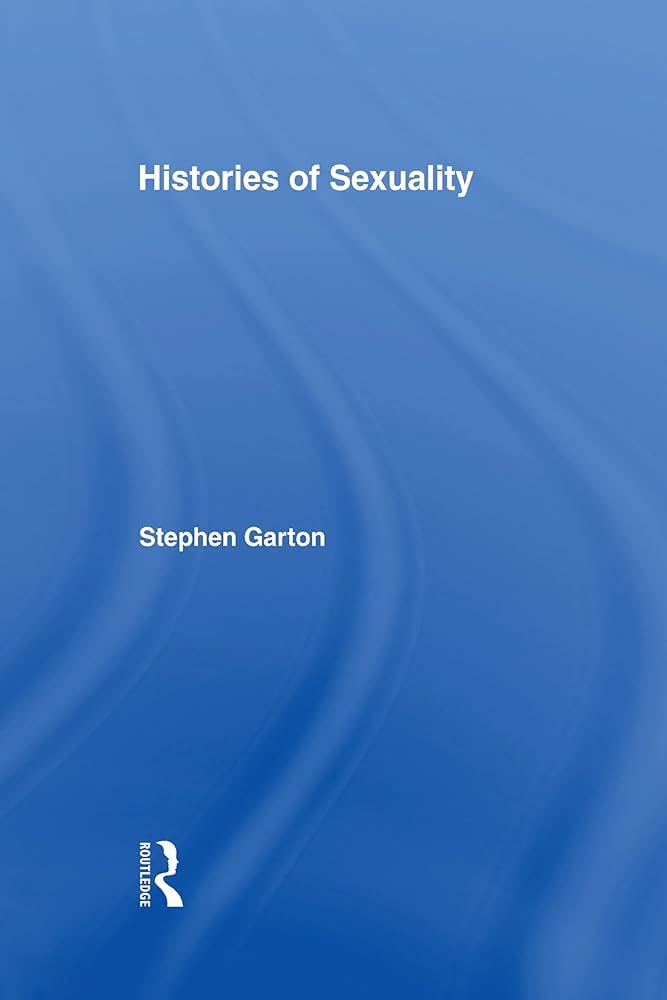
- Free Article: No
- Contents Category: Cultural Studies
- Review Article: Yes
- Article Title: Sexing History
- Online Only: No
- Custom Highlight Text:
In the 1740s a little-known English excise officer and master of a charity school published a frank memoir of his life. John Cannon wrote extensively of his partnerships and his marriage, and also of his sexual exploits. Beginning at the age of twelve, he was taught to masturbate by a school friend and he continued with this until his early twenties. From this time, he had regular sexual contact with a variety of women, including one relationship of ten years. Yet he rarely had sexual intercourse. Instead, his very active sexual life was filled with kissing and erotic fondling: for Cannon, penetrative sex was saved almost exclusively for marriage.
- Book 1 Title: Histories of sexuality
- Book 1 Subtitle: Antiquity to sexual revolution
- Book 1 Biblio: Equinox, $49.95 pb, 317 pp
- Book 1 Cover Small (400 x 600):

- Book 1 Cover (800 x 1200):

The tale of Cannon’s sex life – intriguing though it is – might once have been relegated to an historical footnote, or overlooked altogether. History was the study of big issues (politics, intrigues, battles, empire), and private life was not the realm of academic consideration. The past decades have, however, seen an explosion of scholarly interest in sexuality in its various forms. The genre of the history of sexuality is now so well established as to require a guidebook of its own. Stephen Garton provides just that. His Histories of Sexuality offers not only a valuable survey of sex in the past but an analysis of the ways that historians have understood and written about sexuality. Its aim is not so much a comprehensive history but a consideration of the ways that sex has shaped and been shaped by the discipline of history.
Garton begins with a substantial historiographical chapter, mapping the writing of the history of sexuality from the 1930s to the present. This provides an outstanding overview of the numerous ways that historians have conceptualised sex and sexuality. It also brings into question the reasons why historians have believed sexuality must be historicised: that is, why sex is important to history. The section on Michel Foucault is a particularly impressive analysis of his work and will be most useful for students grappling with post-structuralist ideas. Similarly, Garton’s commentary on the debates between essentialism and social constructivism provides an excellent summary of these historical arguments of the late twentieth century.
The themes raised in this introduction are then expanded and illuminated in the following chapters, which cover the material both chronologically and thematically. The scope of Histories of Sexuality is in itself impressive. It examines the West, with a nod to empire and post-colonial theory, and moves with confidence from the ancient world to the recent past. There are few mentions of Australia, but this is not surprising given that the key movements occur primarily in Europe, Britain and the United States.
Garton also covers a wide variety of topics: from sodomy and sexual identity in the classical world, to pleasure and austerity in the Christian era; from the ‘making of heterosexuality’ in the eighteenth century to the sexual revolutions of the twentieth. Also examined are the individual figures from Sigmund Freud to Marie Stopes to Masters and Johnson. The forms of analysis are similarly expansive, dealing with a gamut of historians and theorists of sexuality, crossing fields as diverse as queer theory, social history, cultural history and gender history. Throughout, Garton is sensitive to the nuances of class, race, and gender. Thus, Histories of Sexuality is relevant not simply to historians; it will appeal more broadly to those in the humanities and social sciences, including gender studies, literary criticism, and cultural studies. While many of the debates are historiographical, it may also appeal to a general readership: the analysis of Alfred Kinsey, for example, may add a new layer to dinner-party conversation about the recent film on the famous sex researcher.
Though there was much to interest throughout, I found the final chapter on the sexual revolution particularly useful. Historians have never been able to decide if and when a sexual revolution took place. The sexual revolution has been posited at various points as disparate as the eighteenth century, the Victorian era, the 1920s and the 1960s. Garton brings into question the very concept of ‘revolution’ or ‘revolt’, suggesting instead that the term may be an inadequate metaphor for the changes that occurred in the late twentieth century. In particular, he suggests that, for heterosexual couples, the early twentieth century was a period of sexual liberalism, but, during the same period, gays and lesbians were frequently pathologised and persecuted. The conceptualisation of a ‘birth’ of gay liberation at the Stonewall riots in Greenwich Village in 1969 tends to blur the century’s long history of both progress to tolerance and rigid persecution and homophobia. Garton also indicates the difficulties of negotiating the clashes between the sexual revolutions of Hugh Hefner and Helen Gurley Brown (brash, consumerist, permissive), versus the underground sexual radicalism of Richard Neville (sexual freedom as political freedom), versus second-wave feminism (attacking male sexual privilege in its many forms). Sexual revolutions could not and did not take a single form, but were multiple and contradictory. This chapter provides a fitting conclusion to the overall study, drawing back to a wider theme that sexuality is always socially and historically constructed.
Histories of Sexuality provides a successful survey of the genre and makes a significant contribution to a burgeoning field. It also has a certain charm. Garton begins his work by suggesting that histories of sexuality should ‘enlighten and, occasionally, even delight’. From tales of medieval women mystics who indulged in eroticised rituals of self-mutilation and mortification, to the clerics in sixteenth-century Germany who kept concubines to escape the tedium of a chaste life, Histories of Sexuality manages to do both, remaining an authoritative scholarly examination and a pleasure to read.


Comments powered by CComment